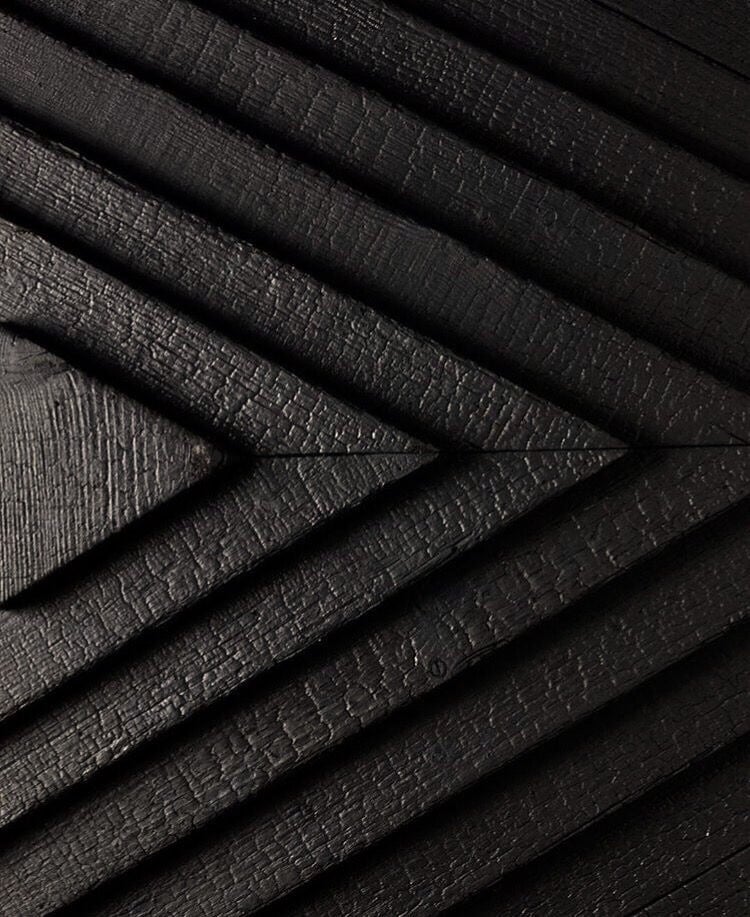
Charred Wood Production
Charred wood, often referred to by its traditional Japanese name Yakisugi (Shou Sugi Ban), is a time-honored method of enhancing wood’s durability and aesthetic appeal. By carefully charring the surface of the wood, this technique creates a protective carbon layer that improves resistance to moisture, insects, and decay. It also brings out a rich, textured finish that highlights the wood’s natural grain, giving it a distinctive, elegant look.
The process is both functional and artistic, requiring precision and skill to balance the burning, brushing, and finishing stages. Today, charred wood is used in various applications, from cladding and fencing to decking, offering a sustainable and visually stunning option for architectural projects.
Wood Selection
The process begins with selecting high-quality timber, typically from durable species like cedar, pine, or larch. These woods are chosen for their strength and suitability for charring, ensuring long-lasting performance.
Surface Preparation
Before charring, the wood is prepped by cleaning and cutting it to the desired sizes. This step ensures an even burn across the wood’s surface, which is critical for achieving a uniform finish.
Charring the Wood
The prepared wood is then exposed to an open flame under controlled conditions. This process creates a charred layer on the surface, forming a protective carbon barrier that increases resistance to pests, moisture, and decay. The depth of the char is carefully monitored to achieve the desired texture and appearance.
Brushing and Finishing
After the charring, the wood is brushed to remove excess soot and reveal its unique texture. A protective finish, such as oil or sealant, is applied to enhance durability and create the final look. This ensures the wood is both aesthetically striking and functional for outdoor use.







